In between the announcements of Lomo Turquoise and the rising prices of Kodak film stocks, most YouTubers, bloggers and film photographers let out a collective sigh of relief. We’re still going to be shooting film for at least another year.
At the time of writing this article, it’s almost the Christmas season (shout out to my mom, who if she’s reading this, should know that any of the films on this list would make a lovely gift! And if you need more ideas, take a look at this article filled with gifts every analog photographer will love this Christmas).
So barring any natural disasters or drastic changes in US environmental regulars, there’s no logical reason for film manufacturers to make any more announcements about halting production. At least I’ll say that while knocking on wood.
So while we’re all still anxiously waiting for another color film stock to hit the market, here is a list of the 10 best film stocks that will still be available in 2022.
While the majority of film photographers shoot with 35mm film cameras, I wrote this article with medium format in mind. Every single film on this list (barring Kodak Ultramax and Gold) are available on both film photography formats so that this list is equally valid for as many users as possible.
There’s nothing worse than finding about an ideal film emulsion, only to find out it isn’t available in 120 format (I’m looking at you, Kodak TMax P3200).
Color negative film
We’ll start with color negative film because that’s the main reason people get into film photography. Color film is fun and has a cool look that many believe cannot be emulated with digital cameras.
Some films are better at capturing skin tones, while others are designed for landscapes or hipster shots of basketball hoops and gas stations.
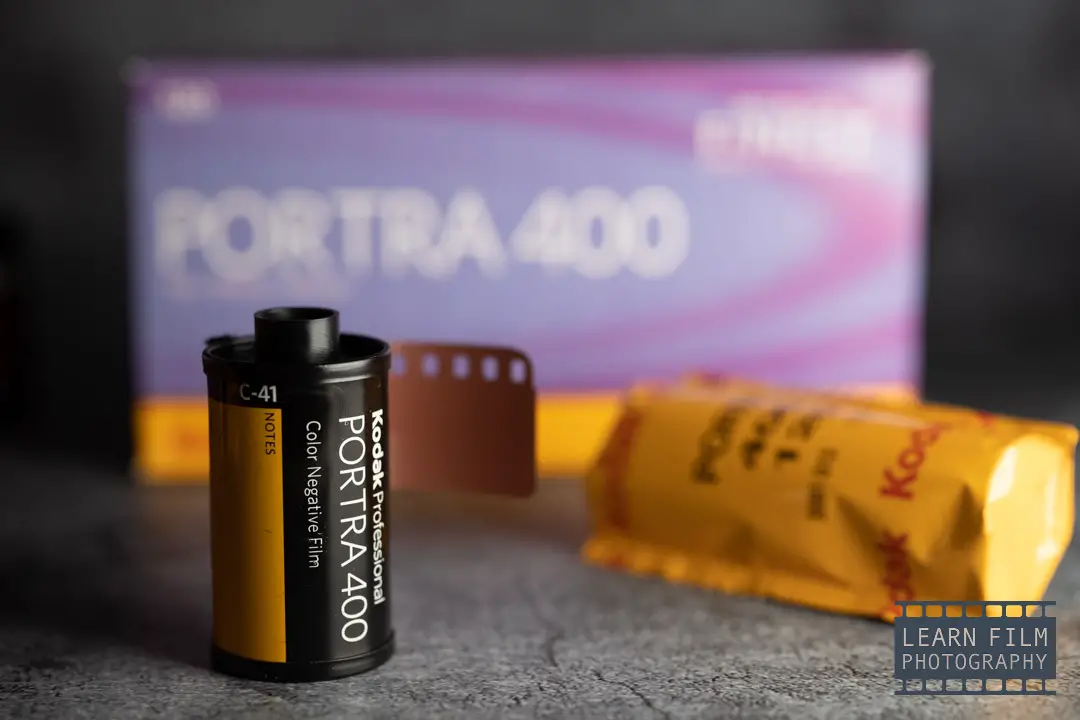
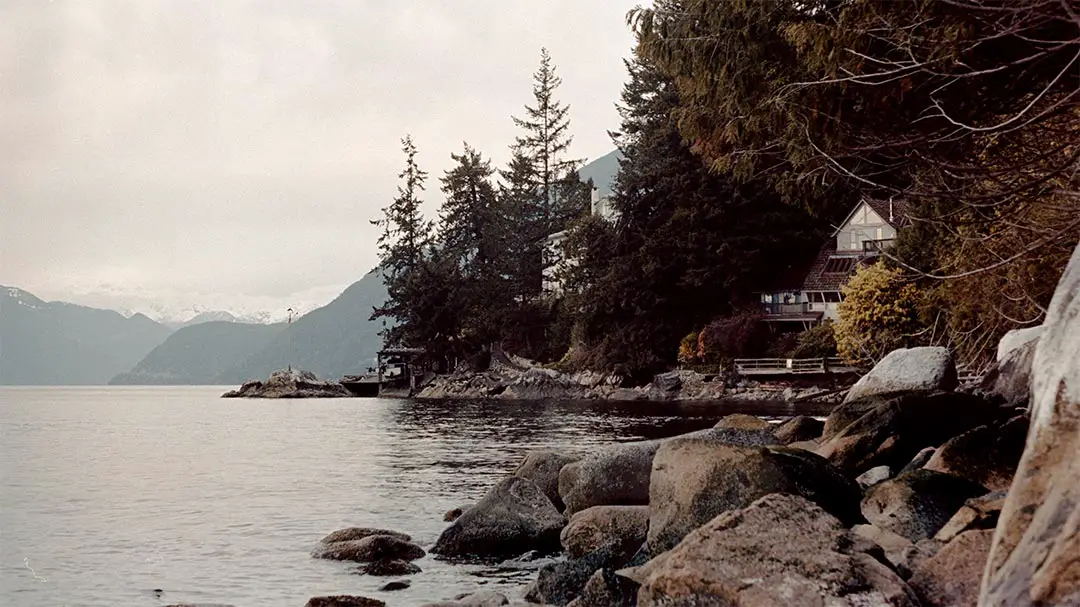

Kodak Portra 400
Kodak Portra 400 is the best-selling color film stock available. It is designed to capture skin tones and warm color tones, hence Portra being short for portrait.
Portra 400 is the right film for the job because it is famously low-grain and highly pushable. Shoot it anywhere from ISO 50 to 1600 (make sure to let your lab know the ISO), and you’ll get high-quality results with rich shadow details like no other color film. Also, thanks to Kodak’s advancements in color film technologies, this film is virtually grainless when compared to other color films on the market.
Lower ISOs will make the film less saturated, while higher ISOs will increase saturation, grain, and contrast. Read more about pushing and pulling film here.
This film is perfect for anything you throw at it. From landscapes to low-light wedding photography, Portra will not let you down. This is why Portra is one of — if not the most — beloved film stock for professional and amateur photographers alike.
Because of its versatility and professional designation, It is also one of the more expensive film stocks available (though you can get some good deals on pro-packs from trusted sellers on Amazon or Adorama). But nearly everyone will say it’s worth it.
Honorable mention: Kodak Portra 160 really punches at the same weight as 400. A little less versatile because of its lower sensitivity, but still an incredible film that is perfect for a studio setting.
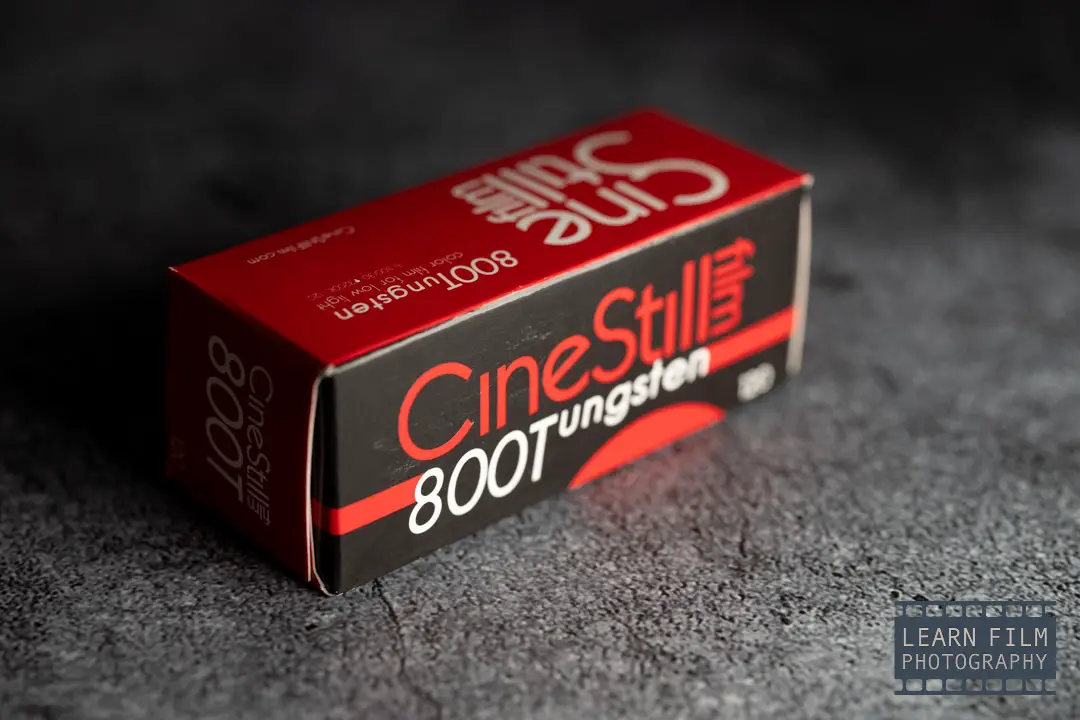
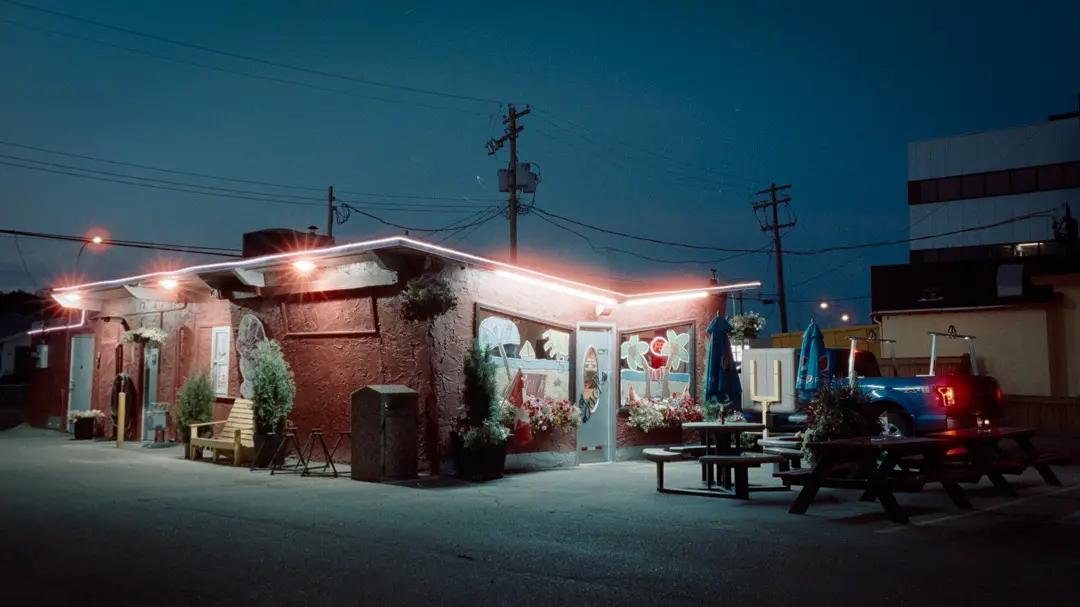
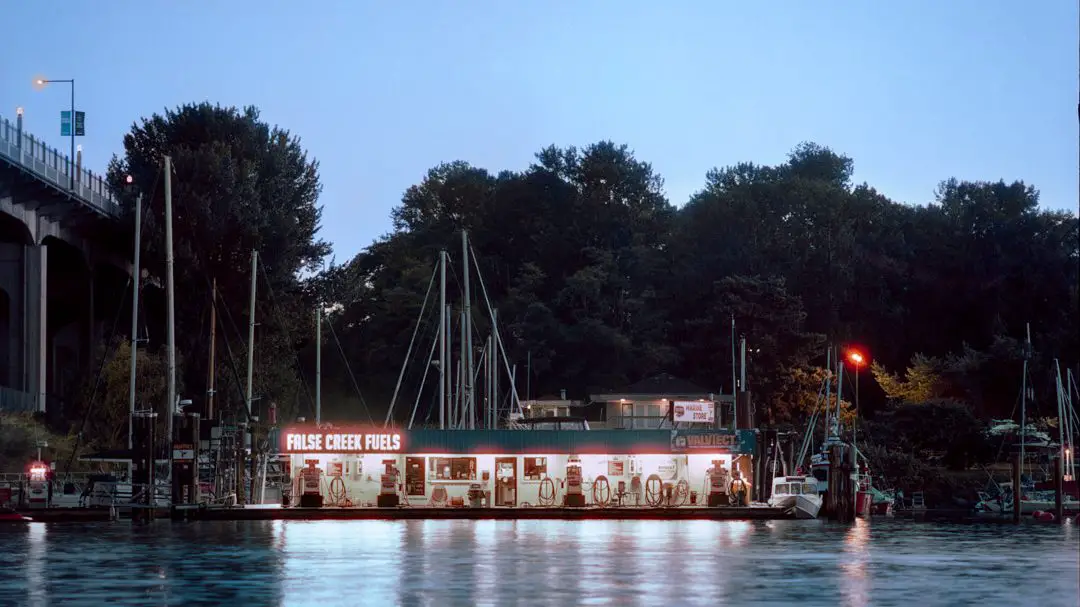
Cinestill 800T — the best color film for night photography
Cinestill 800T has a reputation to keep. If you don’t see 50% of all 800T photos on Instagram showing gas stations, basketball hoops, and neon lights then film photographers around the world are missing Cinestill’s quotas.
But seriously, 800T is a legendary film. It’s made from a tungsten-balanced Kodak cinema film that has the remjet backing removed so that it can be processed in a regular color film developer. That tungsten balance makes Cinestill 800T the single best color film for night photography, because it doesn’t require an exposure adjustment under street and indoor lighting.
Halations are red outlines that occur around points of light, like street lamps or neon signs. The remjet backing that was removed usually prevents this from happening. But the effect has since become highly sought-after.
800T has the same color flexibility as Kodak Portra, but in a halation-prone ISO 800 film. It is perfect for low-light photography, portraits, and street photos. The film can be pushed to ISO 3200, although does best between ISO 250 and 1600.
800T is a lot of fun to experiment with. And even though it is an expensive film, it has earned a constant place in my fridge/freezer. Find Cinestill 800T on Adorama to start shooting some incredible night scenes.
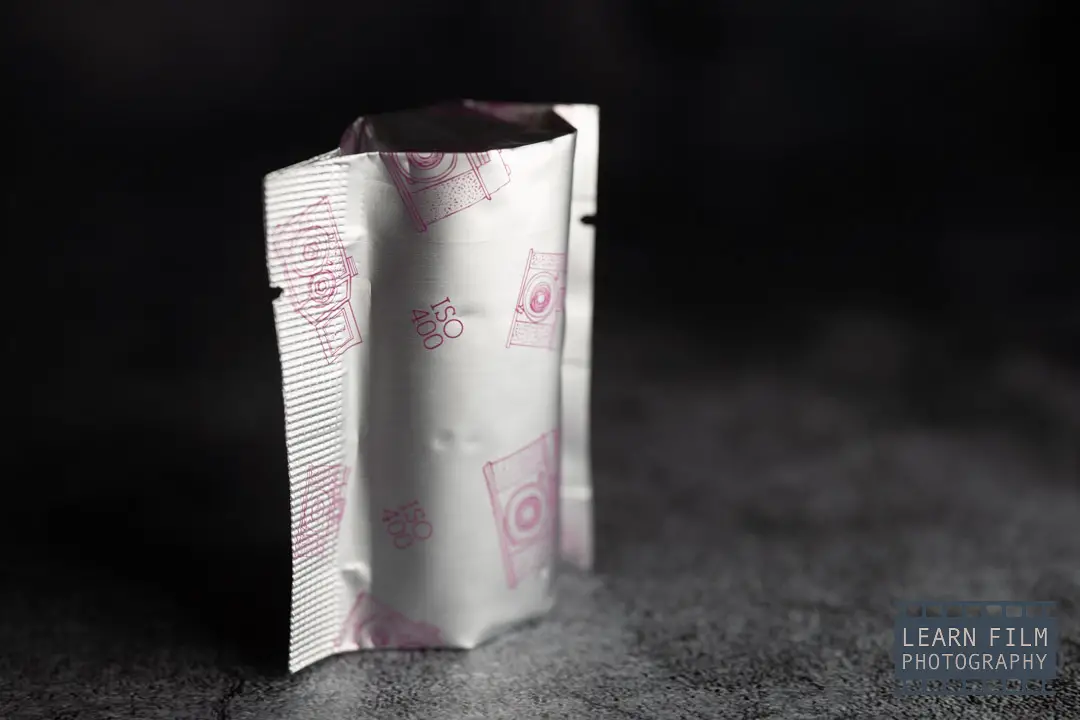
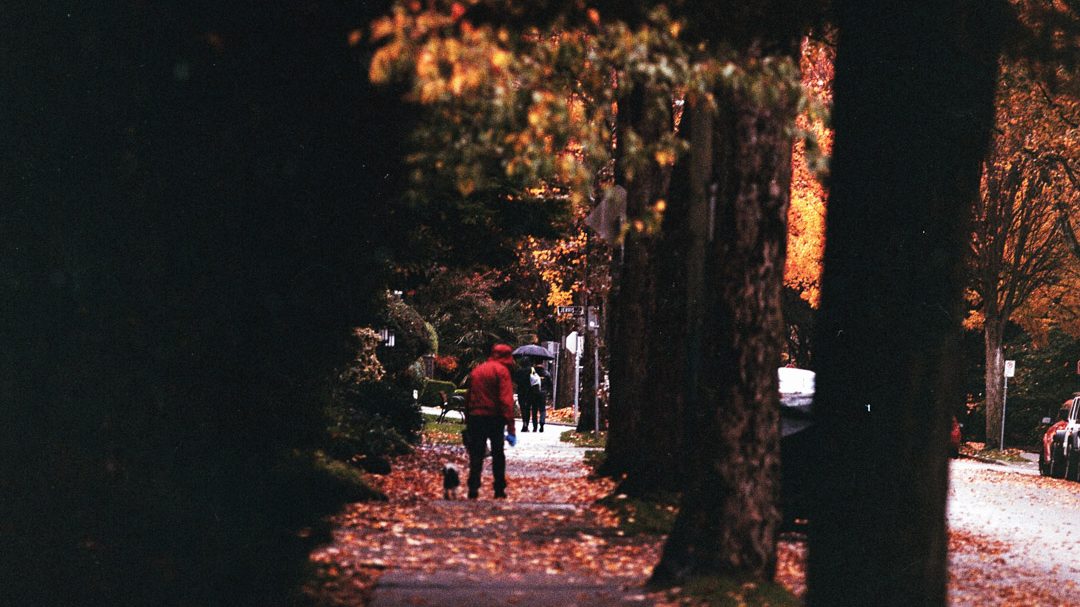
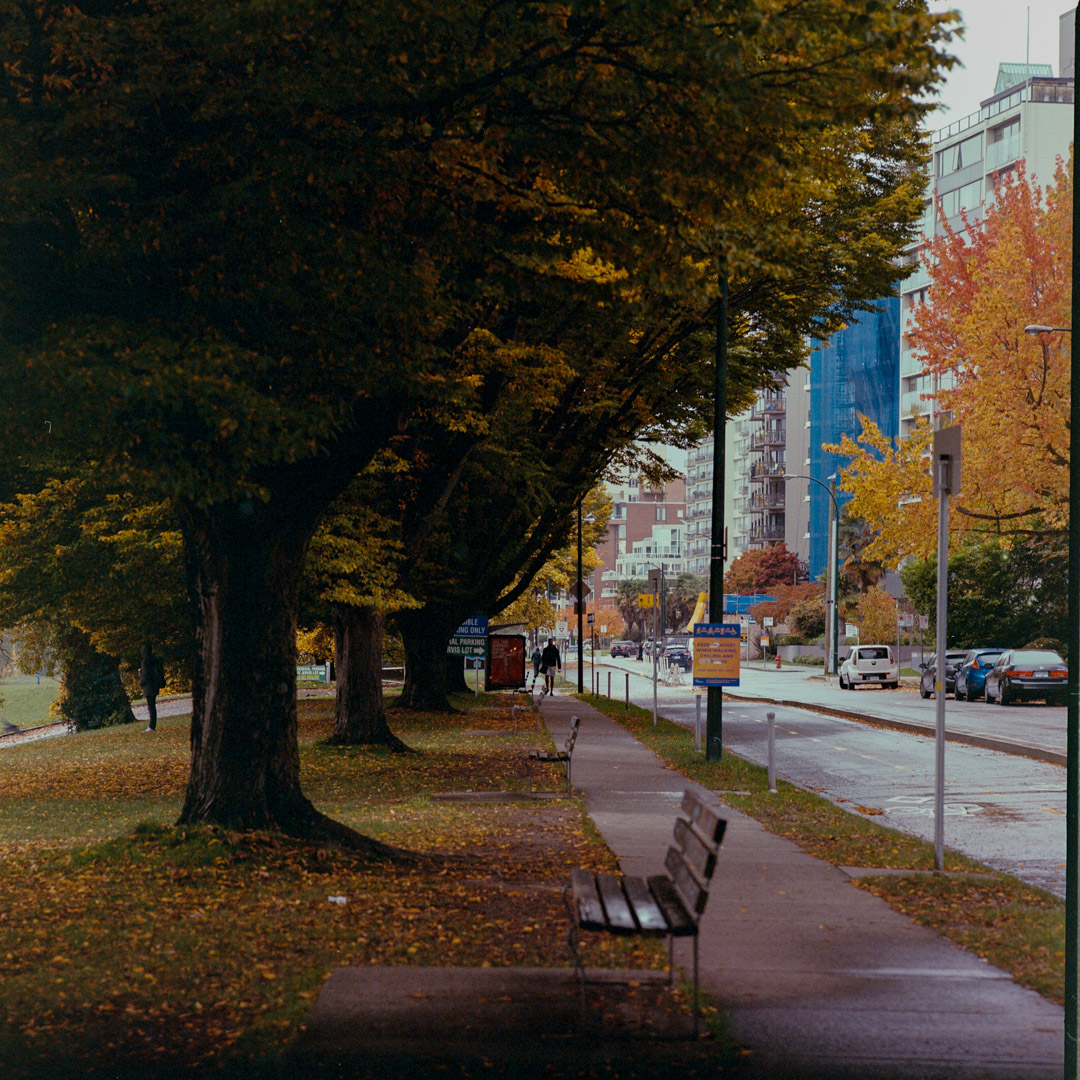
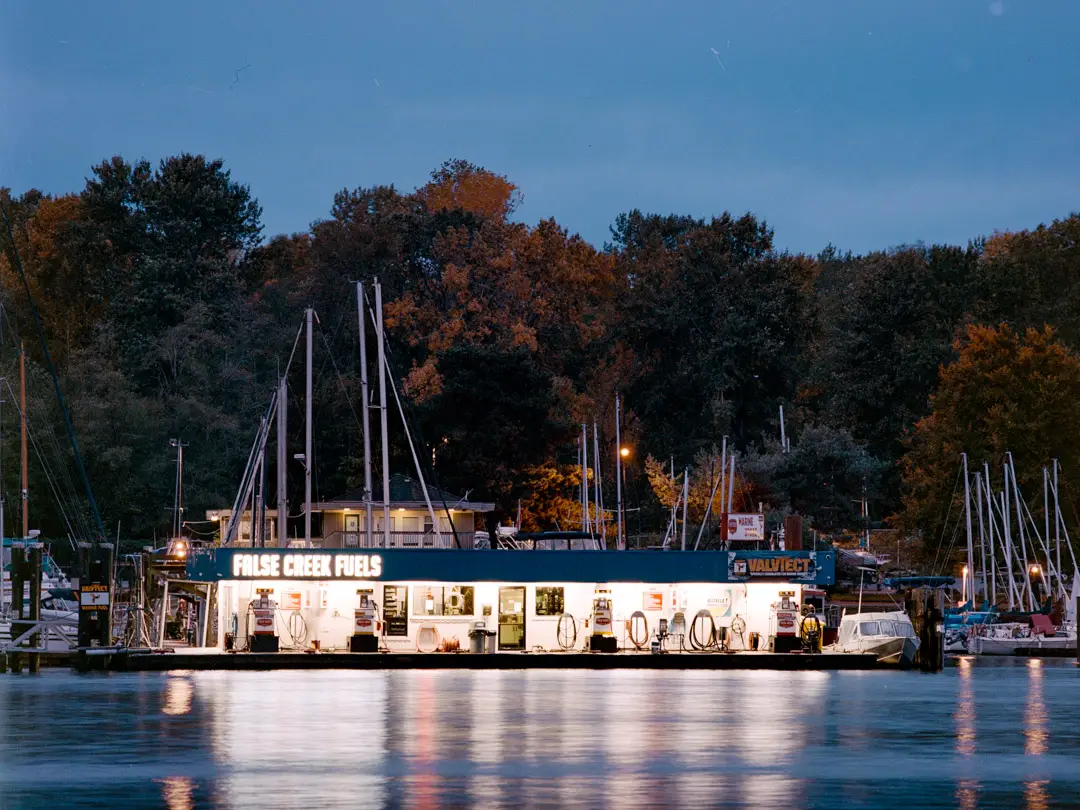
Lomo 400
Lomo 400 is the color underdog. The film is most likely rebranded Ultramax at a slight discount over Kodak, but it’s offered in both 35mm and 120.
Lomo 400 is one of the three standard color films in the Lomography lineup. All the others being fun, false-colored varieties. But just because it comes from a brand famous for making film more about fun doesn’t mean that it isn’t good for the everyday shooter.
This film is versatile and produces a lovely warm glow perfect for sunsets and evening light. It renders warm skin tones and is more saturated/contrasty than Kodak Portra.
This film is a serious contender that more photographers should be using. It’s a versatile film that produces excellent, saturated and colorful results at a low price.
I don’t understand it, but Lomo 400 gets a bad rap on the forums. I think that has more to do with the ‘high-end shooters’ disliking the brand than having any qualms over the quality of the film.
The only real downside that I see with Lomography films is that they don’t produce technical datasheets which makes it hard to know how to get the best results when shooting these films at night. But if you follow the Kodak Ultramax guidelines, you’re likely going to get some great shots using this awesome film stock.
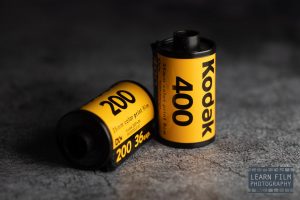




Kodak Gold/Ultramax (35mm only)
Most photographers believe Lomo 400 is just rebranded Ultramax and Gold. And in my tests so far, I think that is a pretty accurate assumption. So the only reason why Kodak Gold and Ultramax are lower on the list is because the Kodak branded versions only come in 35mm.
Kodak Gold and Colorplus are often the cheapest rolls of film available and are the film stocks that I recommend for every new analog photographer. The first roll of film that you shoot should always be the cheapest one you can find because that first roll is where you’ll find out if there are any issues with your camera.
Kodak Gold is an ISO 200 film, while Ultramax is ISO 400. Together, these two films are the go-to low-budget, everyday analog film options by Kodak.
Gold and Ultramax are the most fun film stocks I shoot on a regular basis. They create saturated and contrasty images right out of the scanner, which means you’re going to have a fuss-free image that’s ready for Instagram in minutes. And the fact that they’re cheaper means that you don’t have to worry about every photo being perfect like you would with a more expensive film stock.
I love using these films in the Ilford Sprite 35-II, which is so far one of the most fun cameras in my collection. This camera and film combination is perfect for capturing candid shots of friends and family — I’ve probably captured more smiles with this combination than any other.
Find Kodak Gold or Ultramax on Amazon for the best price.
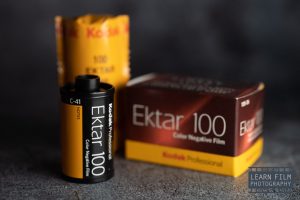



Kodak Ektar 100
Ektar is the unsung hero of the Kodak Professional lineup. If you want a sharp, fine-grain film with saturated reds, Ekar is the king.
Ektar is the ultimate landscape photography film. It is just punchy enough to bring out contrasty elements in your photographs, like brilliant red flowers or deep brown wood and tree trunks. If I’m out wandering through the woods on a nice day, Ektar is the film that I want on my camera.
Kodak Ektar creates images with high saturation and vivid colors. The reds and blues in this film are very dominant.
Tone it down a bit by overexposing the film. At ISO 50, Ektar 100 is a dream to work with during post-production. The scans come out smooth and ready for anything.
Most people don’t like using this film for portraits because it tends to render skin tones in an unnaturally saturated way. But that’s easy to fix in Lightroom.
In fact, the more people say that the cheaper this film will be. So please, keep telling the world that Ektar isn’t good for portraits so I can keep saving money on this versatile film stock.
Black and White Film
Black and White film is not only cheaper, but I find it is also way more fun to shoot. The luscious grains and B&W tones can tell stories in ways digital cameras just can’t.
Plus, B&W film stocks are more archival than color, cheaper, and can easily be developed and printed at home. For color, you’ll need to purchase expensive individual color developer kits, but there is an incredible variety of B&W developers on the market that each serves a different purpose. So it’s not only fun, but it’s customizable to every shooter’s style.
They are also more environmentally friendly and easier to produce. So it’s unlikely that we will ever lose B&W film stocks — especially considering that there are so many rebranded films on the market.
So here are my top five B&W emulsions that you should be shooting in 2022.
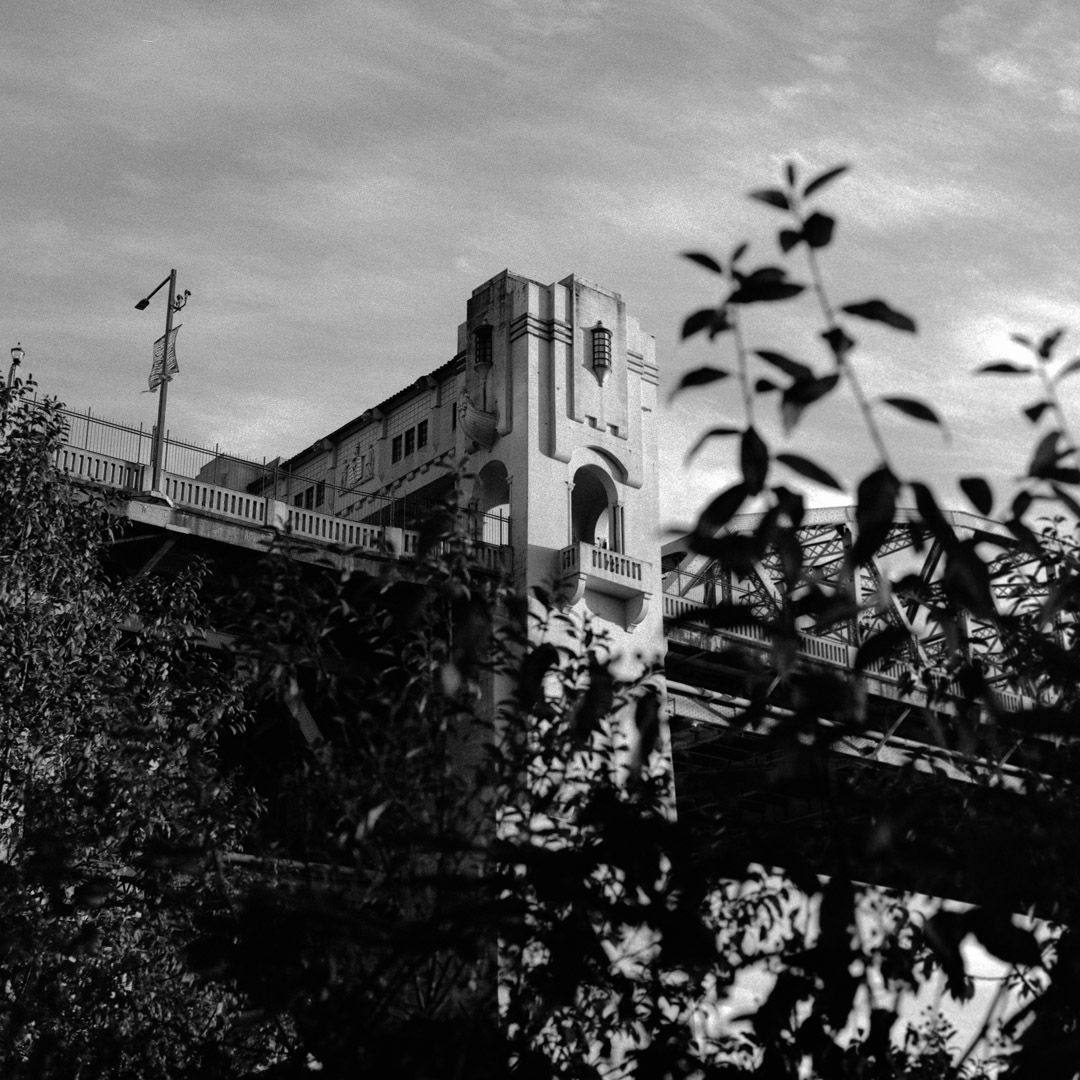
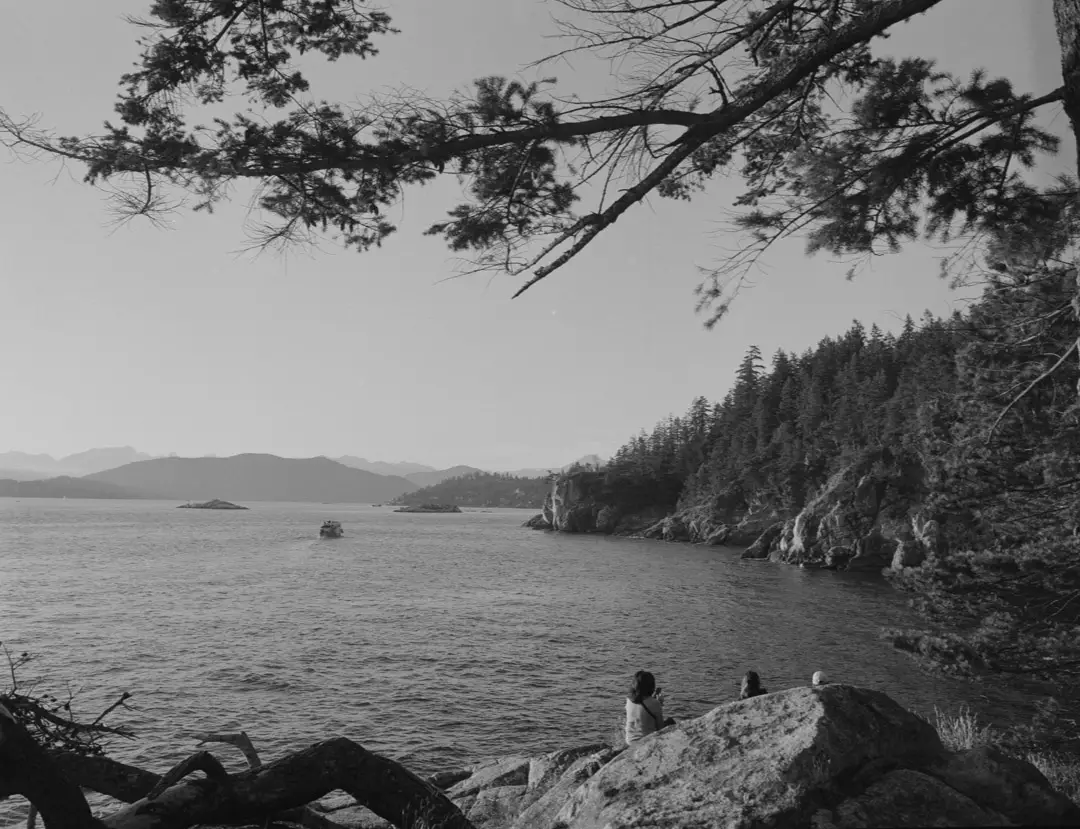
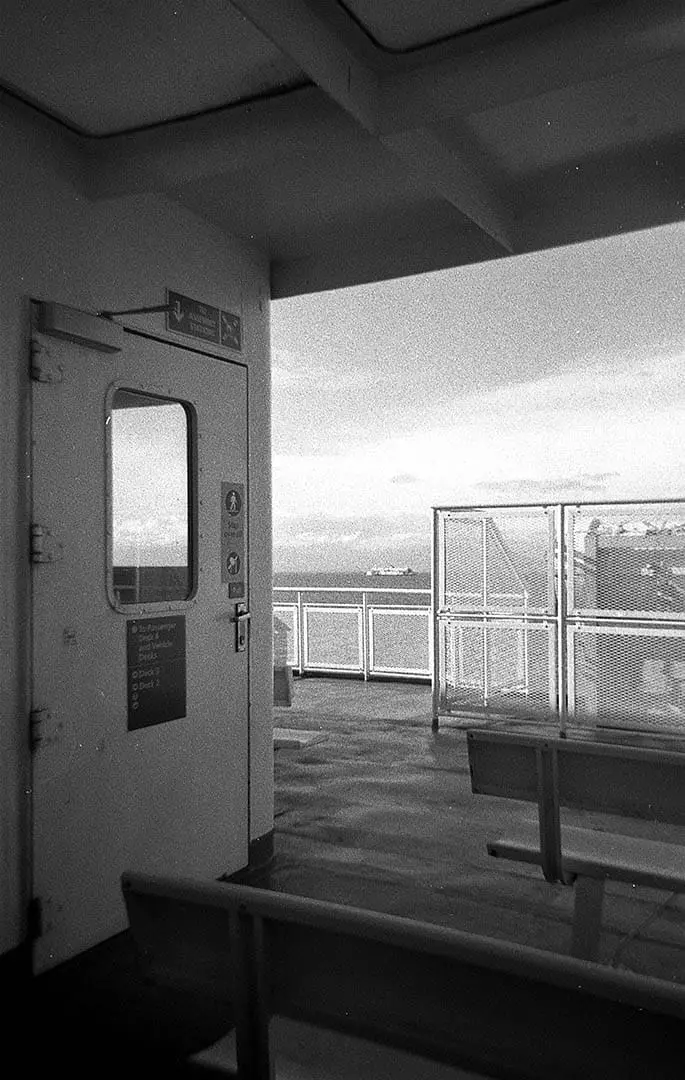
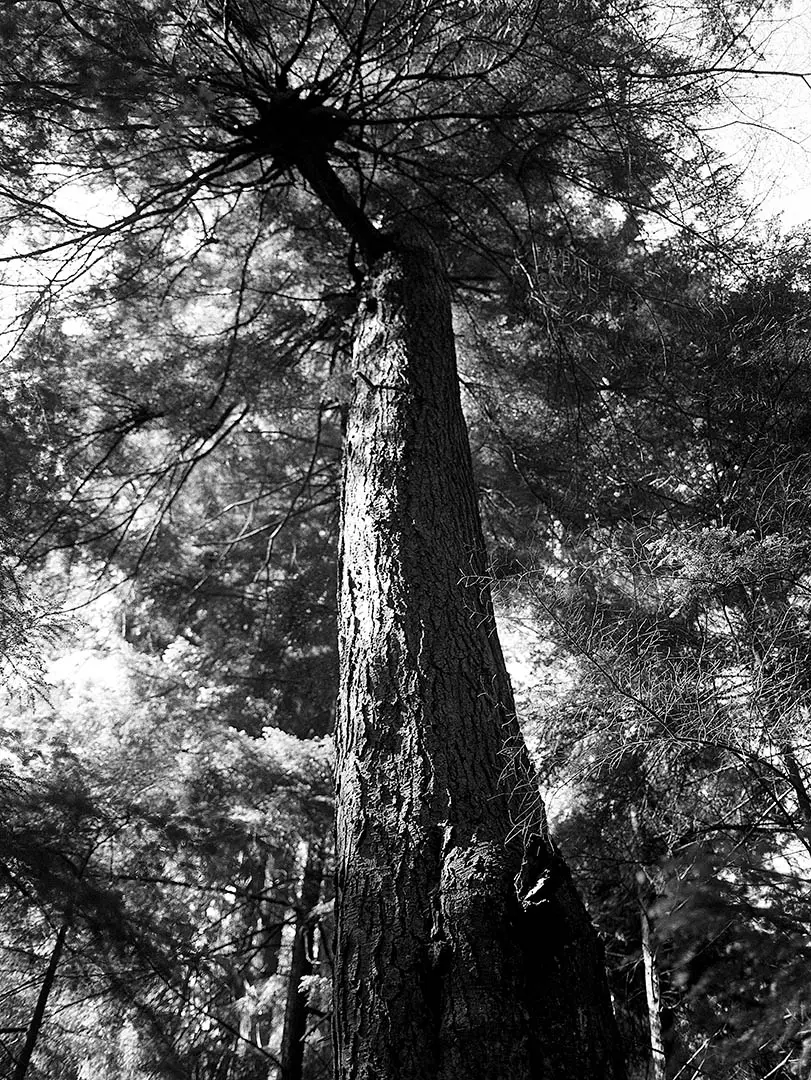

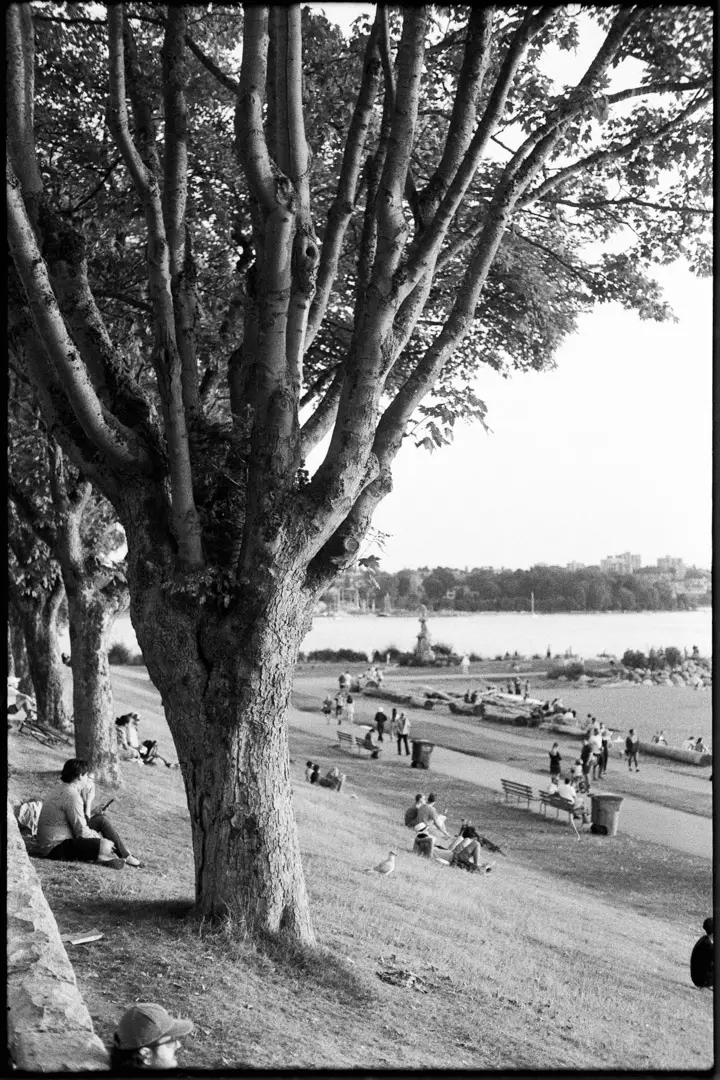

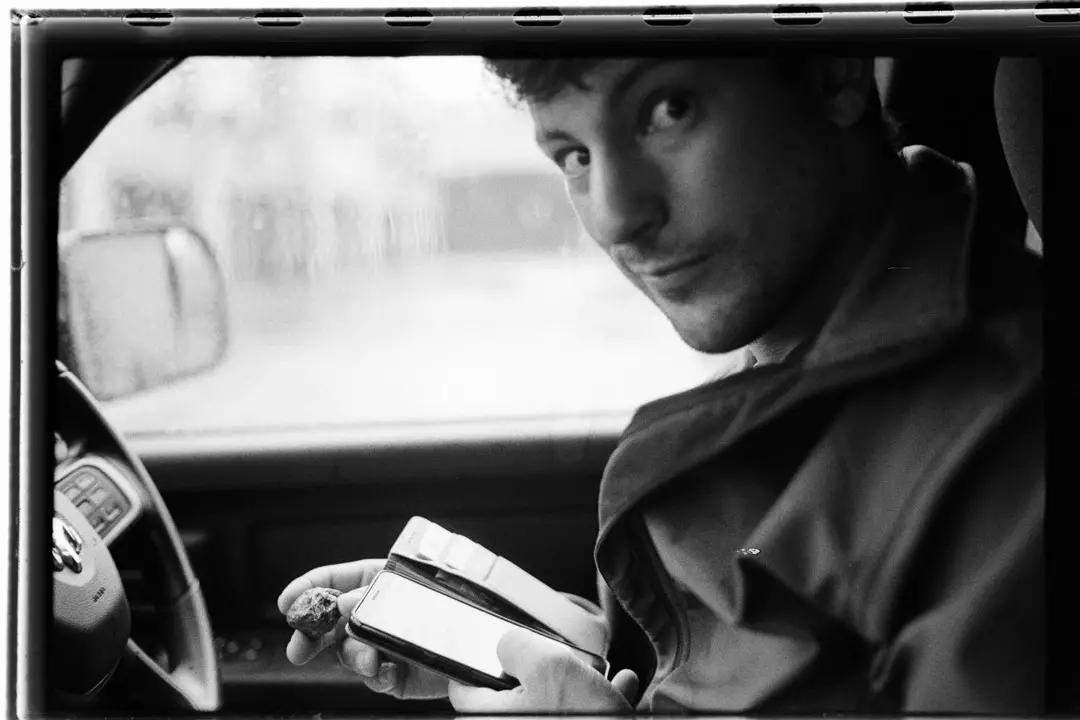
Ilford HP5+ 400 — my go to film stock
I know this is going to ruffle some feathers, but HP5 is the film stock that everyone needs to beat. HP5 is the best B&W film on the market. If it’s not loaded in your film camera right now, you are missing out.
Ilford HP5 is a classic-grain 400-speed B&W film stock. The classic grains give this film a rich tonality, with smooth gradations that make it the B&W film stock of choice. It captures more shadow details than any other film I’ve ever used. This was one of the first film stocks I ever shot, and it has always been the default film stock that I use to judge every other film. (Find HP5 on Amazon here).
There are many photographers who say HP5 negatives lack character, but that’s precisely why it is so good. The lower contrast the negative, the more shadow detail it captures, and the more room you have in post-production to make the film look the way you want it to.
For example, you can make HP5 look just like Tri-X simply by shooting at ISO 800, meaning HP5 captures a full stop more light without producing grainier negatives. Even then, I’ve had some comments on this blog suggesting that HP5 at 800 still isn’t contrasty enough, and had to push to 1600 for their desired results when developing in Microphen.
This is why portrait photographers love using HP5. It will not let them down no matter what lighting conditions they are in.
Before HP5, no other emulsion in history could tout those results. So forgive me for putting HP5 on the moon — it’s just that no one else has reached this level yet.
Learn how film grains work in this article.
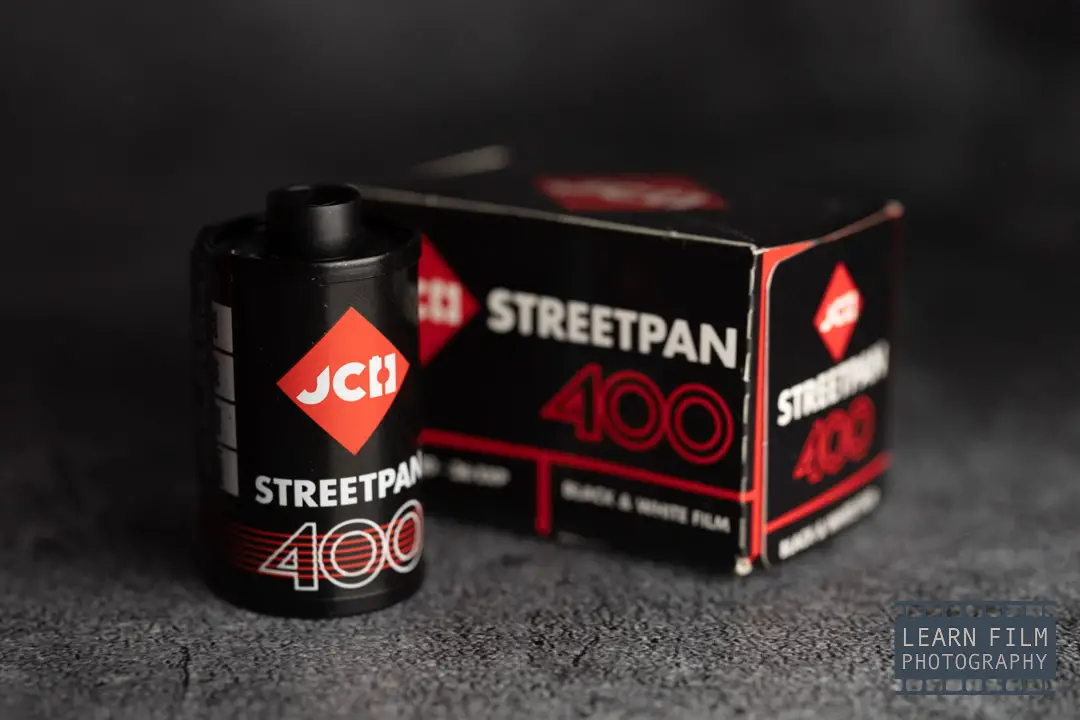
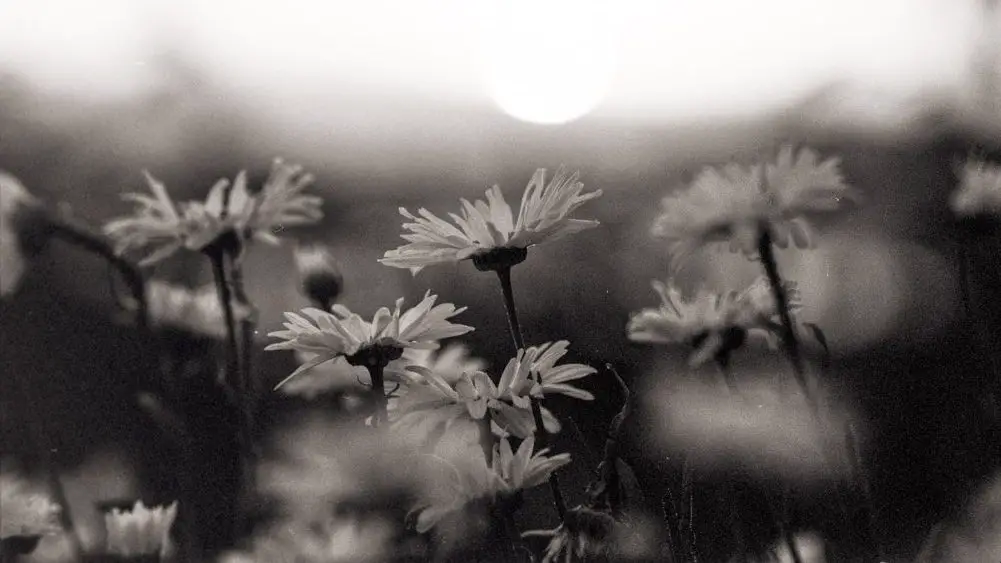
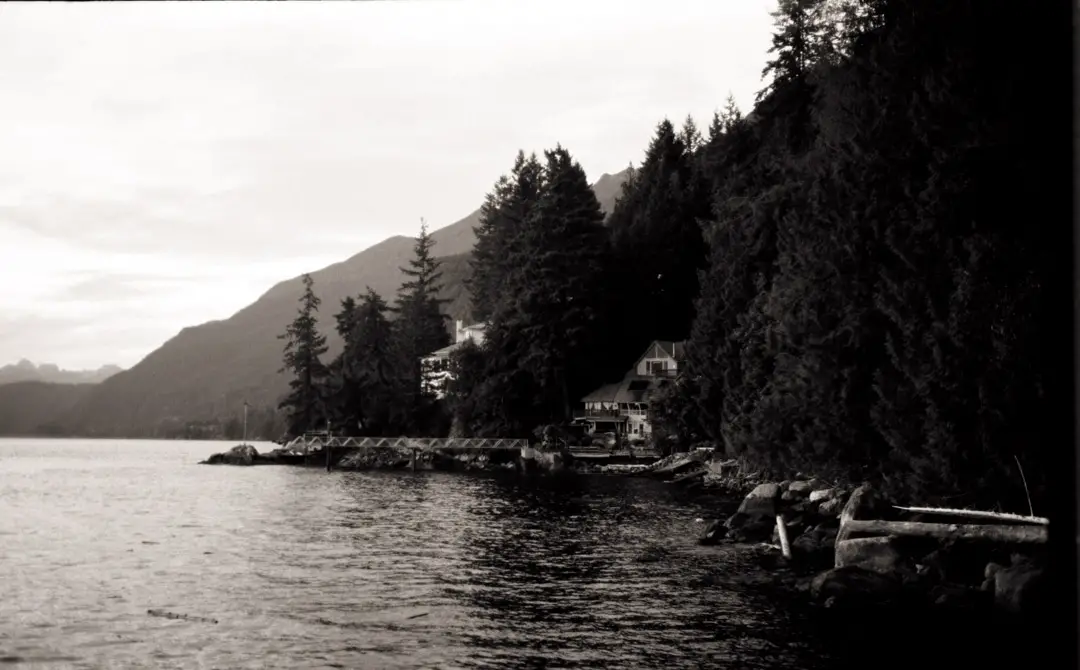
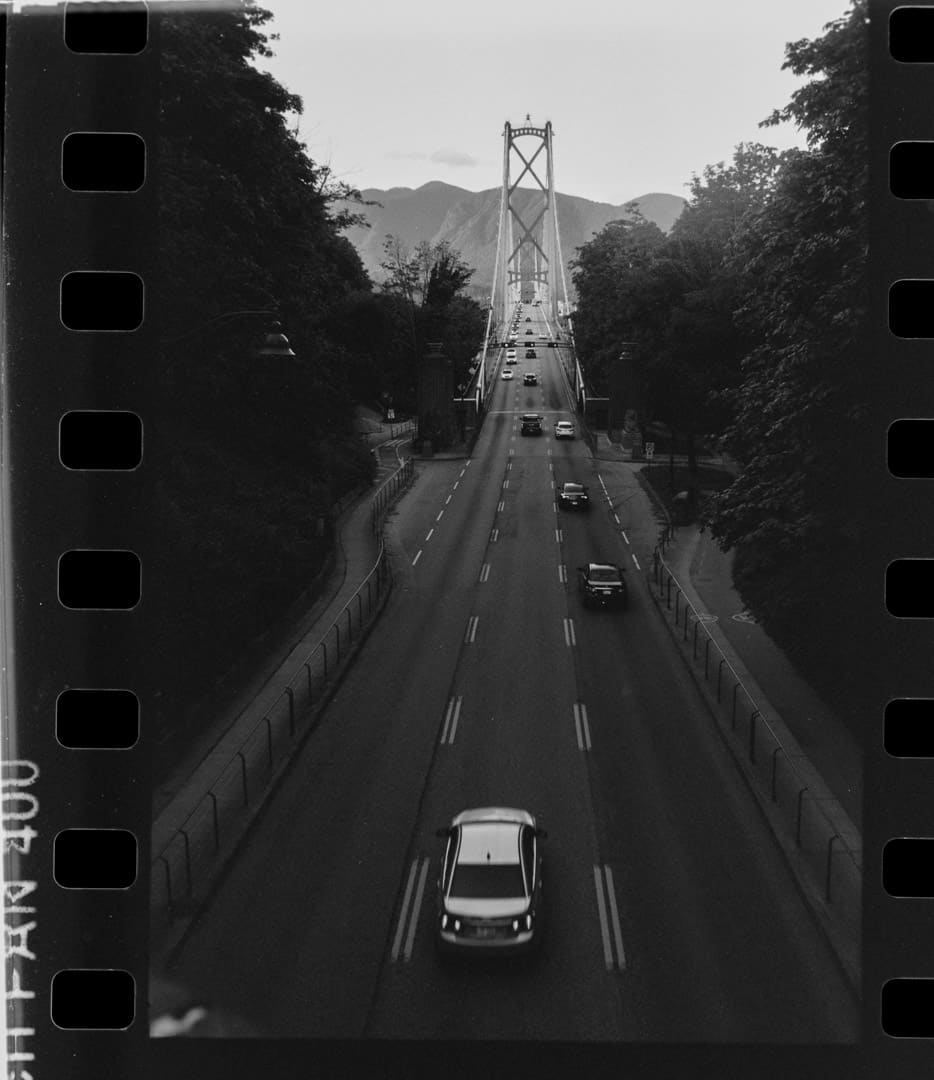
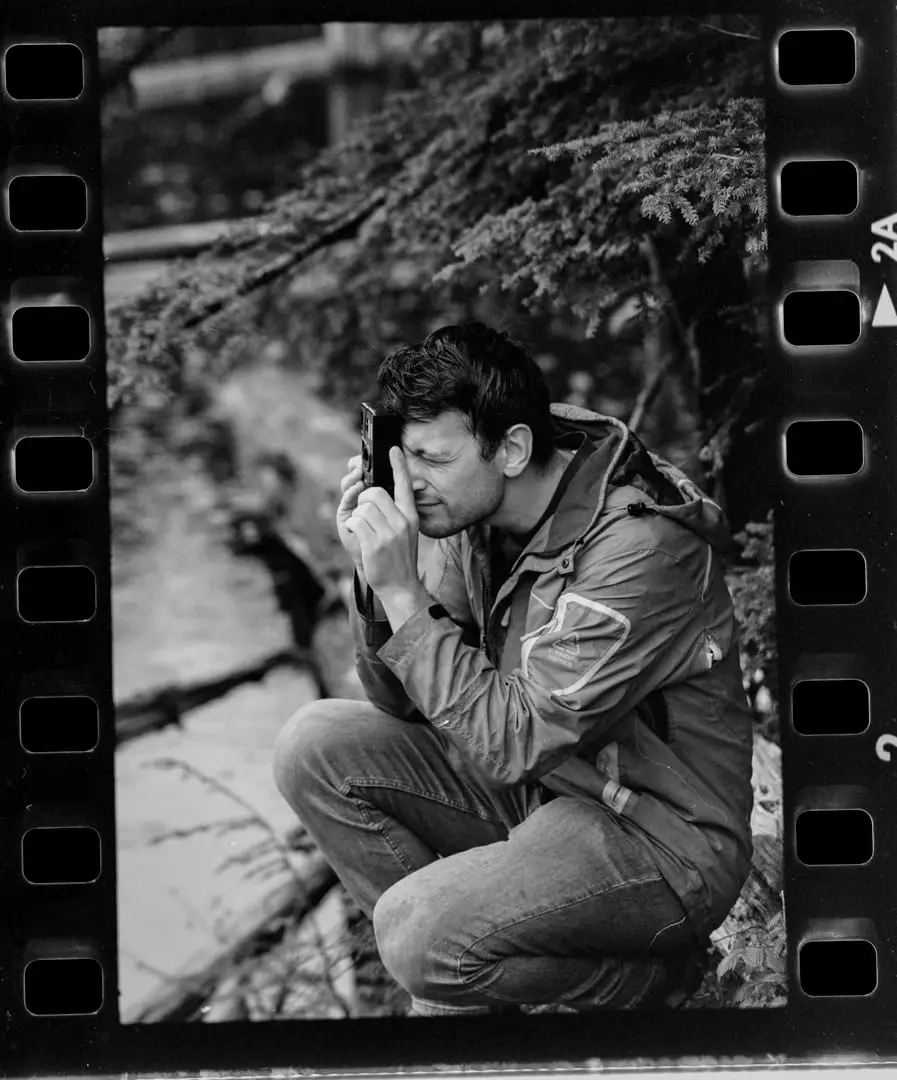
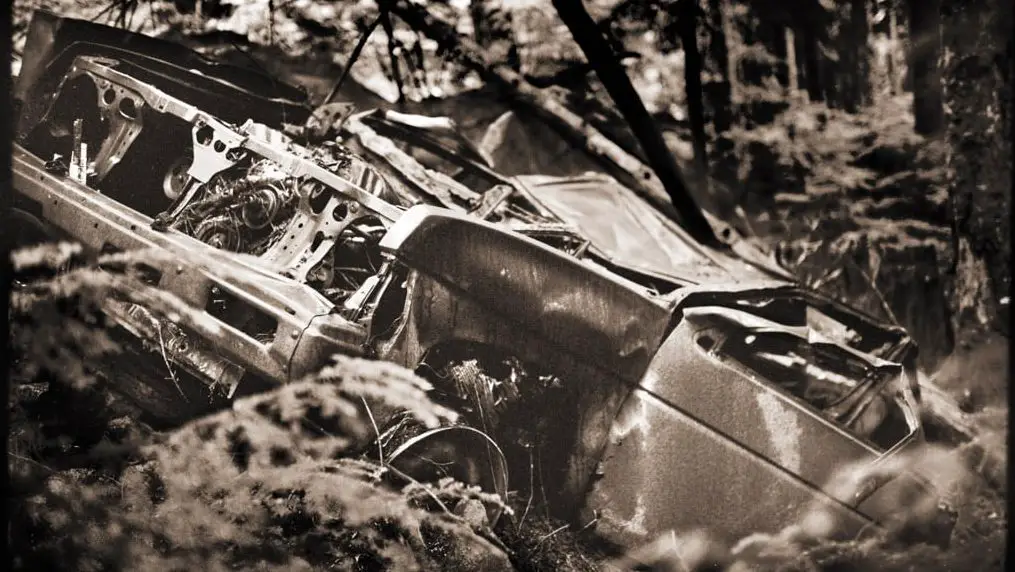
Japan Camera Hunter StreetPan 400
Alright, now I’m going the opposite way. Japan Camera Hunter StreetPan 400 is an interesting film on many levels. I love this film for the moody look it creates, the extended IR sensitivity, and the fact that it comes on an archival polyester film base.
Where a regular B&W film will last 50 years on average because of the acetate base, Japan Camera Hunter can easily last 200-500 years before breaking down. If you want negatives that will last for some kind of archival purpose, resale value, or otherwise, this is the film you need.
The contrast and extended IR range also make this a unique film. I love the way it looks when shooting in the mountains. When there’s a little bit of mist in the air, this film will cut through the thin parts and make incredibly detailed images.
I’ve also found that some of the detail that would normally be lost in a normal film scan can be brought back using an HDR negative scan.
When I need B&W, I often do like to bring this film out. I love the way it renders portraits, and I’m going to keep using it for years to come.
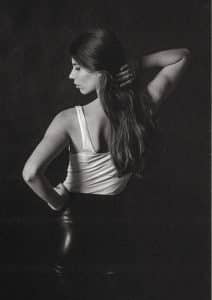
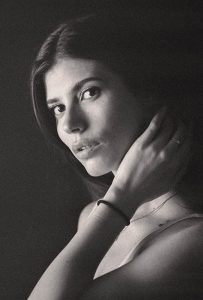
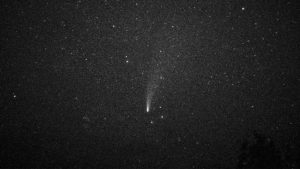
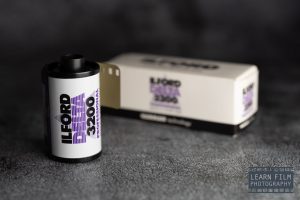
Ilford Delta 3200
Delta 3200 is such a cool film stock. If you love grain, fast action, or shooting in low-light, Delta 3200 is the best film stock for you. If I could bulk roll this, I would.
Delta 3200 is a T-Grain film, which does mean that it can be a little more finicky than other classic film stocks out there. But treat it right, and you’ll get results that no other film can.
But the magical thing about this stock is what it can capture. Images are tack sharp but have a cool vintage look to them. When overexposed up to ISO 400, the images still retain a unique graininess due to their large size. If that’s the look you’re going for, then there is simply no better film stock to be shooting.
Delta 3200 is natively an ISO 1,000 film. So shooting at ISO 3200 is technically a 2-stop push. But it works because the grain structure in this film allows that to happen with absolute grace — especially when developing with DD-X, Microphen, or Xtol.
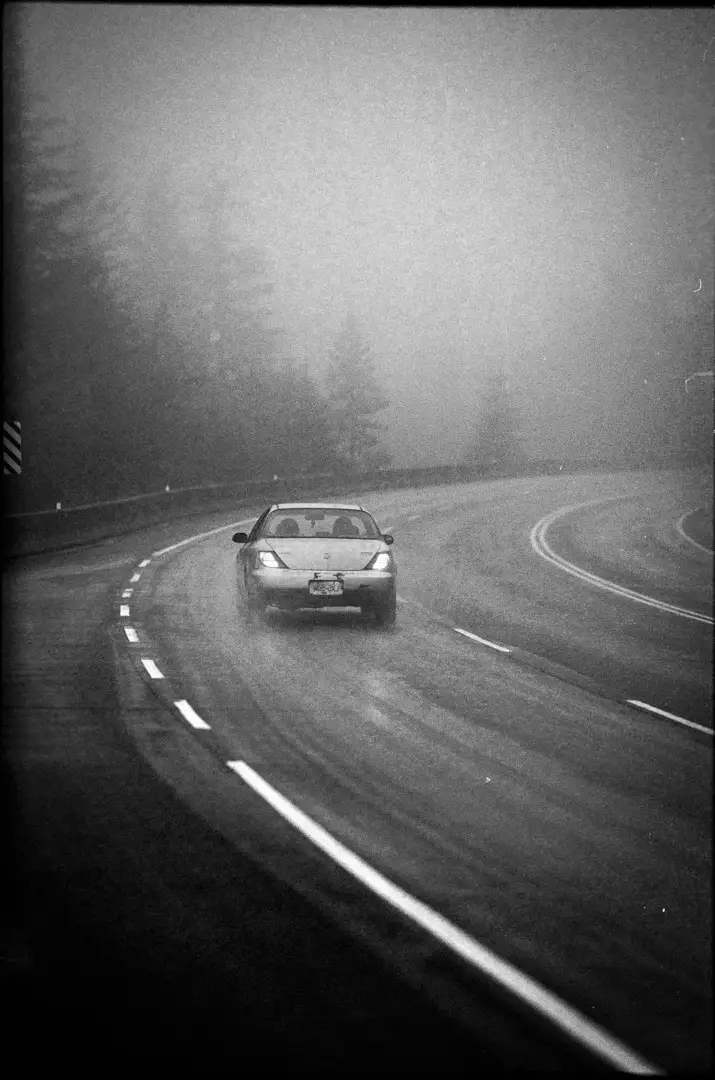
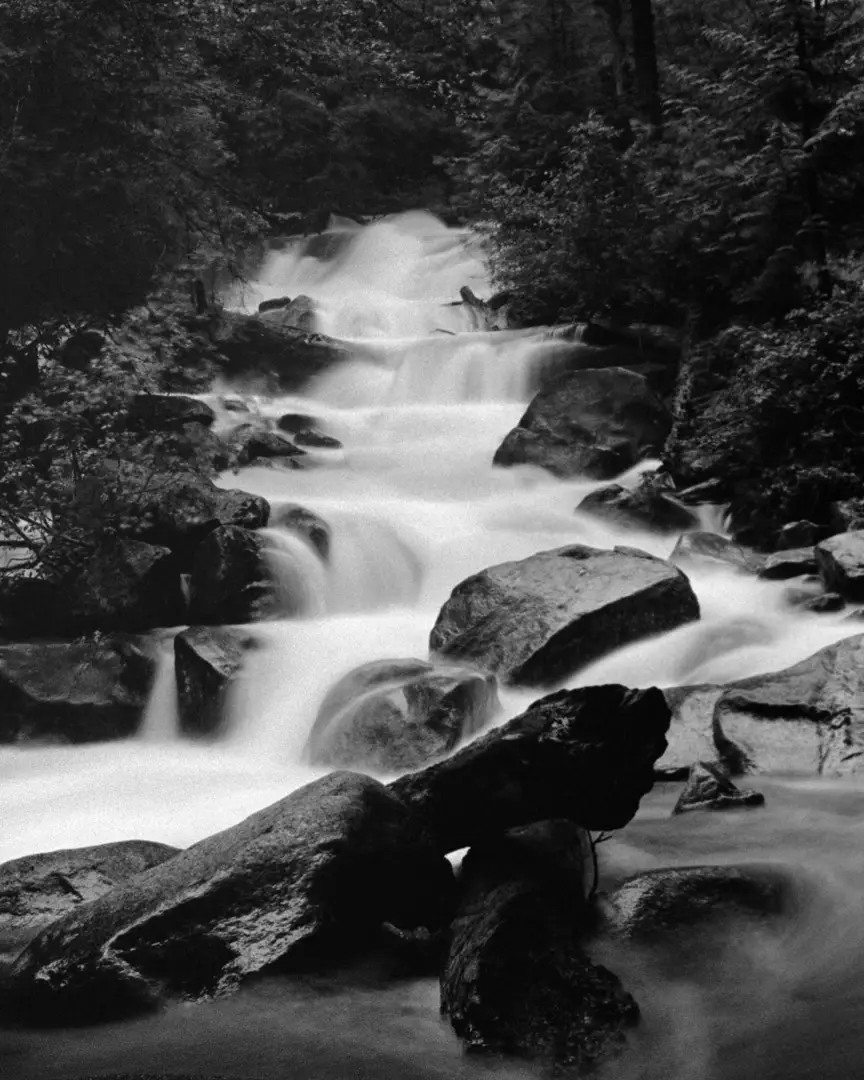

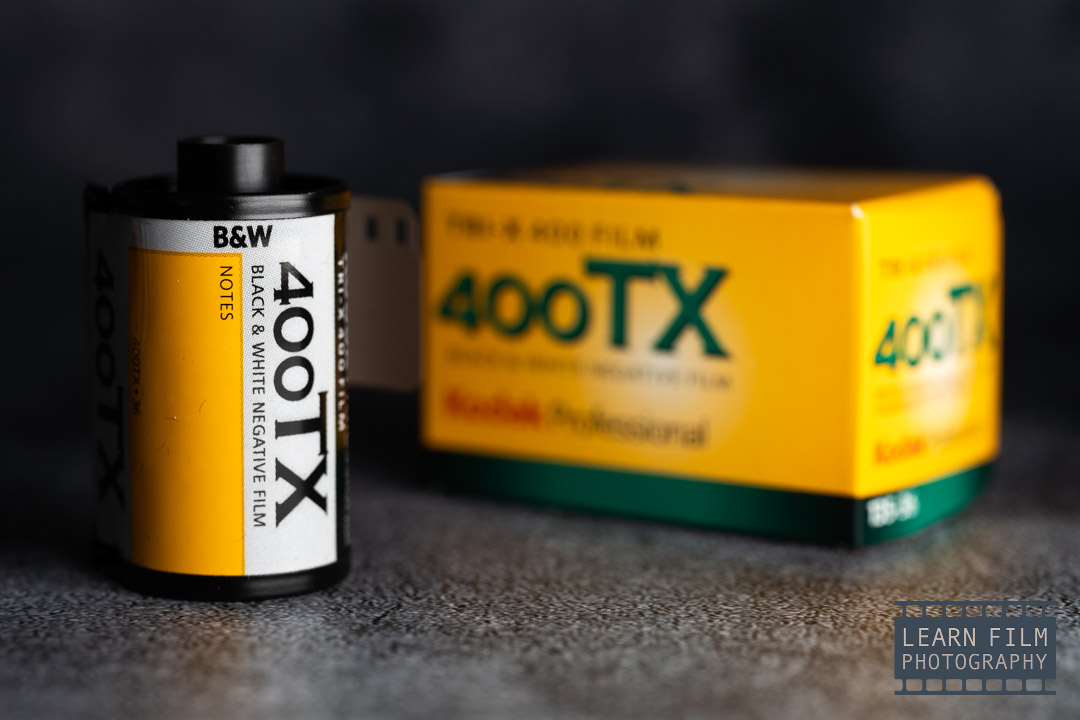
Kodak Tri-X 400
You can’t talk about B&W film without Tri-X. This is the classic photojournalist film, and by far the most purchased B&W film on the market for a reason.
It’s a higher-contrast film with a classic grain structure that can capture a wide tonal range. It’s just grainy enough to have a classic look and feel while producing rich, sharp images. It is also an incredible film for pushing and can create nice images when rated even as high as ISO 3200.
Tri-X is also flexible enough to be shot between ISO 200 and 800 on the same roll and developed normally.
I know for a fact that this film can handle nearly anything you throw at it. There’s never a bad day when you have a roll of Tri-X in your camera.
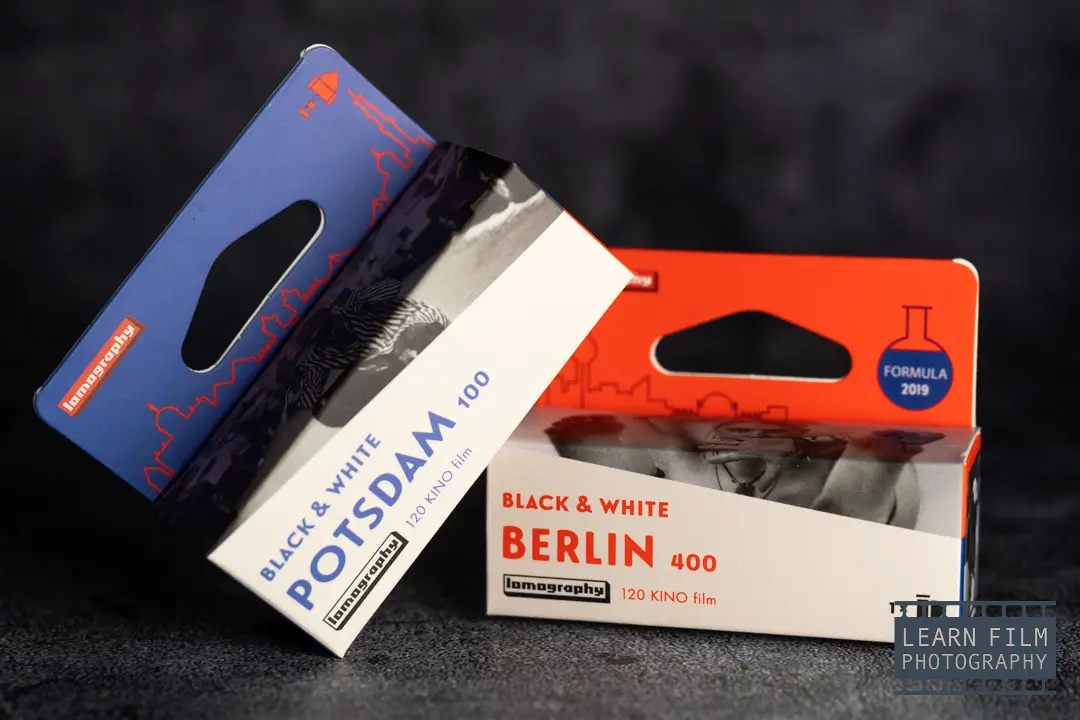

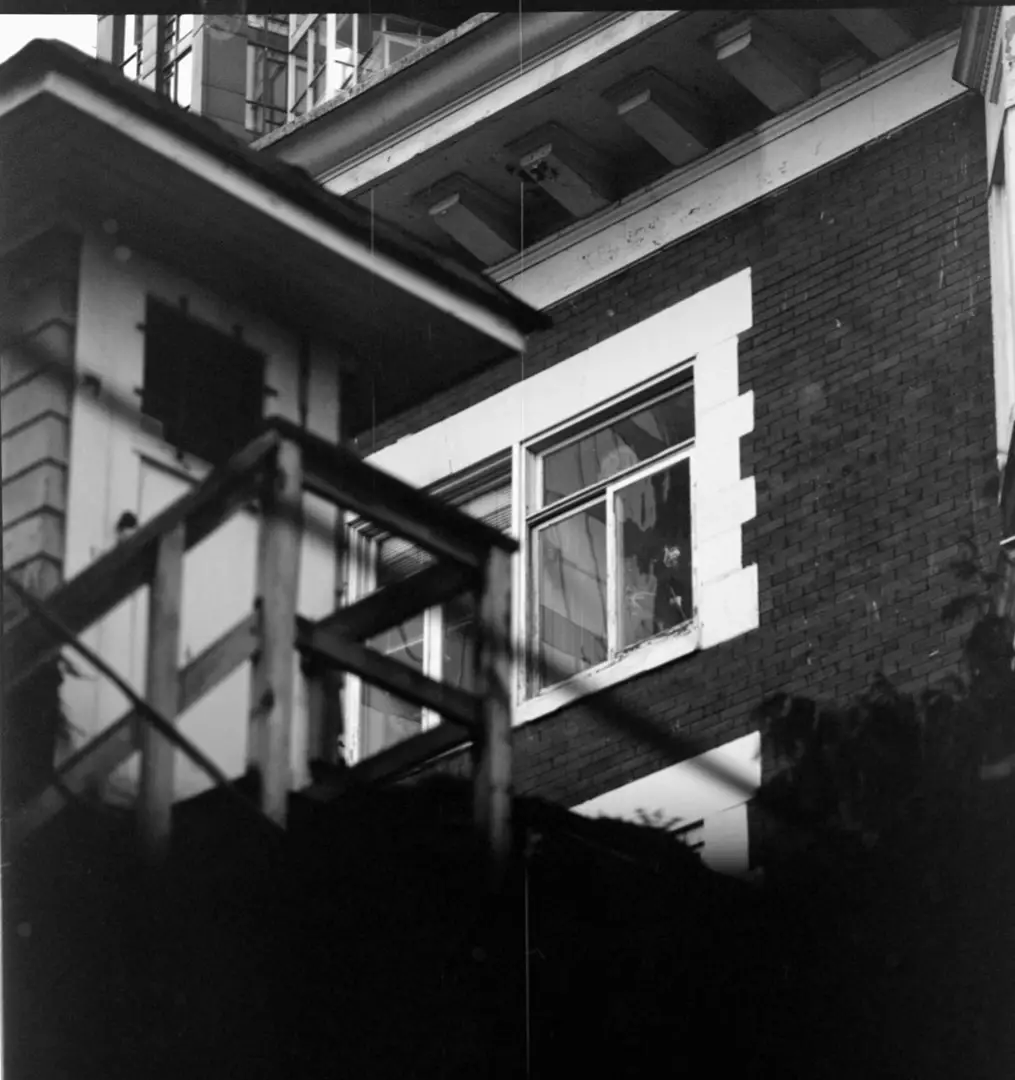

Lomography Berlin Kino 400
Lomography recently licensed a cinema film from Orwo, which they’re producing in both 35mm and 120 formats. These films also use a classic grain structure and showcase incredible tonality.
It’s difficult to get Orwo film in the USA and North America, so even bringing this film in through licensing is welcomed.
Both Berlin and Potsdam produce clean, beautiful images. I recently bought a couple of packs of both films, and have been impressed with their latitude. I often like to underexpose my film when testing to see how it holds up, and these two pass with flying colors.
These two films are also cheaper than Tri-X, making them a great option for any photographer who wants to shoot a solid B&W film.
Bonus: Ilford XP2 400
XP2 isn’t exactly a normal B&W film. While it doesn’t produce any color, it uses the color film developing process. The reason this film exists is because of the number of mini labs that only processed color films back in film’s heyday.
Color is a standardized process that uses the same chemicals and times no matter what film is in the developer. That made it especially profitable for labs that wanted to set up with the bare minimum of equipment for high volume, quick turnaround processing.
But if you wanted to shoot B&W, none of those labs would take it. So film manufacturers met that demand with chromogenic B&W film stocks. Today, XP2 is the only one that exists.
The main reason that photographers shoot XP2 is for the inky blacks and the extreme overexposure latitude. Color film handles highlights much better than B&W. so the chromogenic process is perfect for anyone who needs a film that can be shot between ISO 800 and ISO 50 on the same roll without missing a single exposure.
Seriously, this film has that much latitude.
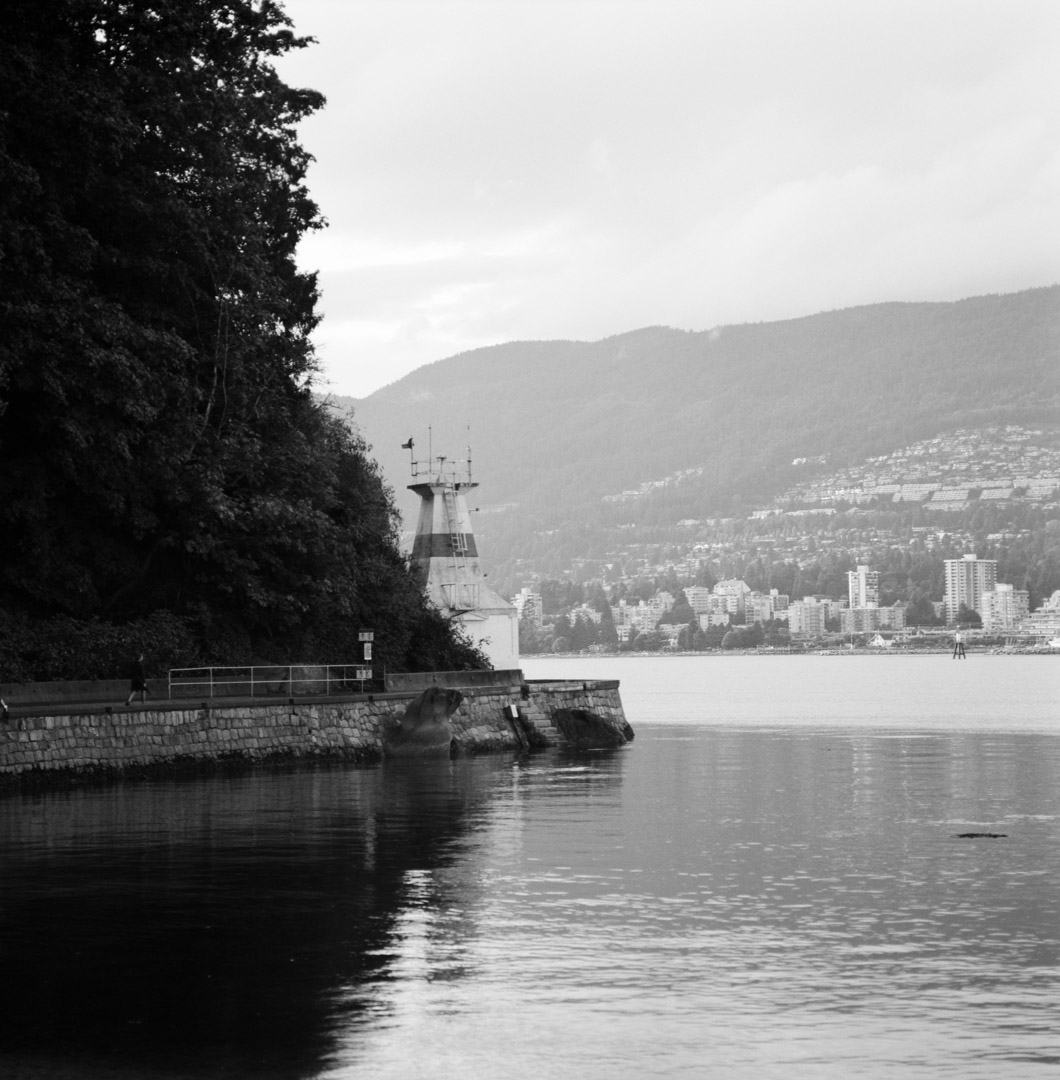


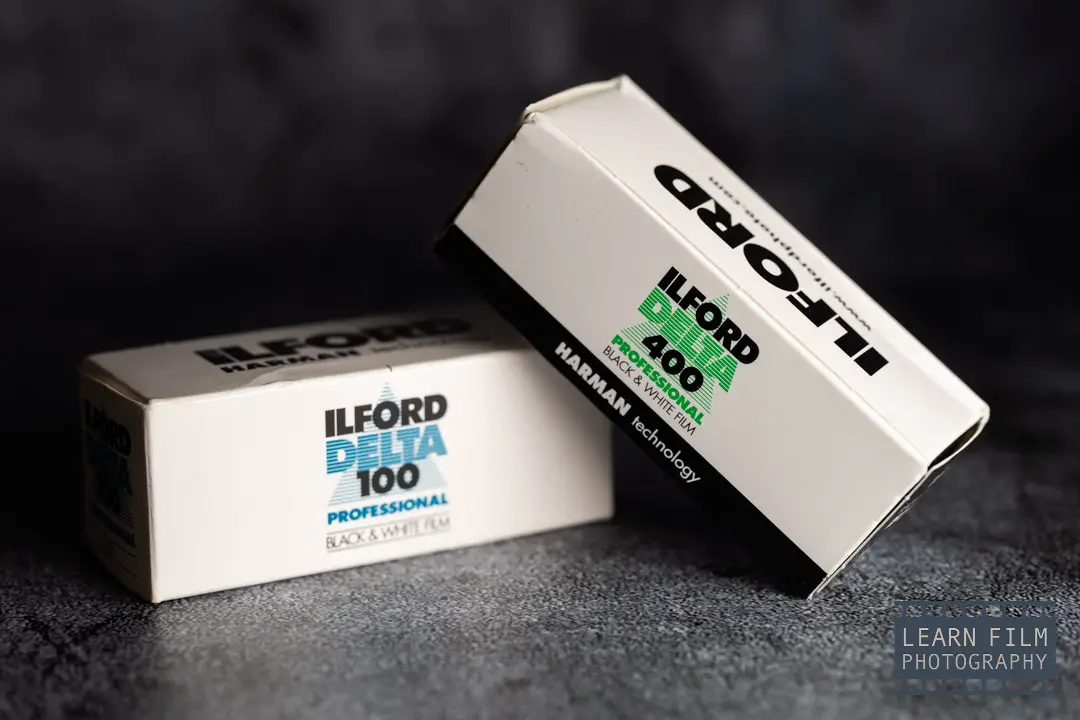
Bonus 2: Delta and TMax films
I’d be missing a serious transition in the film photography world if I completely glossed over Delta and TMax films. These are widely known to be the sharpest films that exist on the market today.
They are all t-grain films, which is a modern film grain that was designed to capture as much light as possible without becoming grainy.
Traditional film grains are scattered around in a chaotic fashion on the emulsion. A lot of the space on the grain is simply wasted because of their characteristically round and chaotic nature.
T-grains solve that problem through precise engineering. These grains are designed to be flat. That way they fill more space and can be laid out evenly across the film emulsion to produce sharp, high-resolution images without much noticeable grain. You can see an example of this in my comparison of FP4+ and Delta 100.
The lack of tonality is the cost when using a t-grain film. But the sharpness and grainlessness make them useful for applications like portraits and landscape photography where no other film can match them.
Final thoughts
Having this blog has allowed me to experiment with analog photography in a way that I never had been able to before. This year, I’ve gone through a couple of film rolls of nearly every emulsion available in North America and I have to say that these are far and away my favorites.
Astute followers of this blog will notice that this list is missing a mention of almost any low-speed speed film stock, and doesn’t even include a single slide film (also known as transparency film).
And that’s intentional. For one, I haven’t actually tried out transparency film just yet — so including it on the list would be disingenuous. I’m also not a big fan of low-speed films — I like shooting in natural light, and that often means I don’t have the luxury of bright, perfect light.
And I know for a fact that most analog photographers prefer shooting natural light like me. There’s a reason why the best-selling analog films are usually the ISO 400 stocks.
But if there’s anything that you think I missed and need to be talking about, let me know down in the comments below! I try to answer them as soon as possible, and thoroughly enjoy the conversations that we’ve been having because of them.

By Daren
Daren is a journalist and wedding photographer based in Vancouver, B.C. He’s been taking personal and professional photos on film since 2017 and began developing and printing his own photos after wanting more control than what local labs could offer. Discover his newest publications at Soft Grain Books, or check out the print shop.

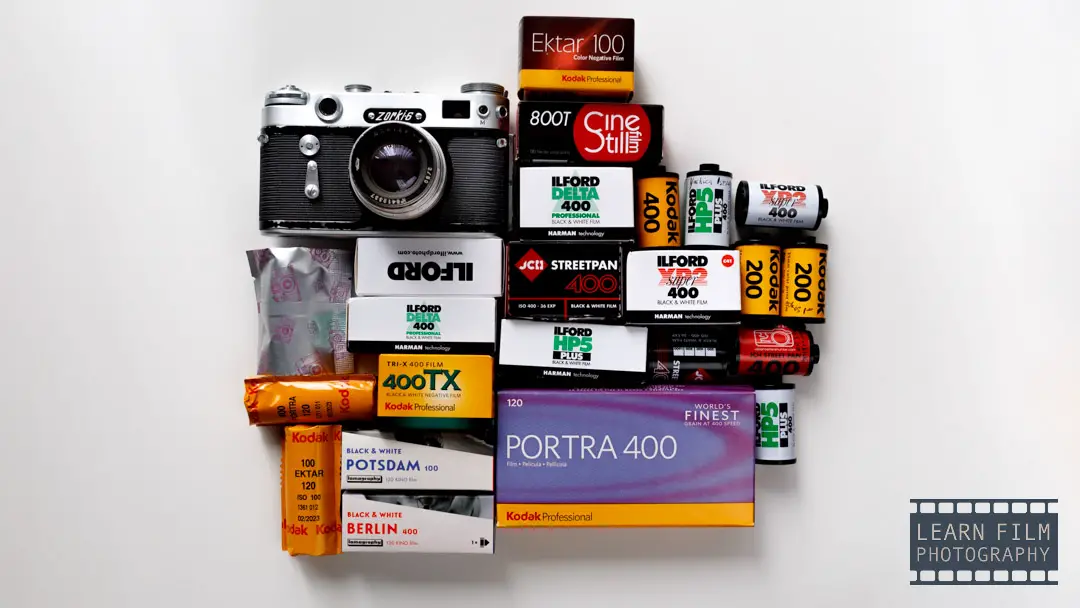
Hi Daren,
I just thought I would write a quick message to let you know how great your blog is for folks new to, or getting back into, film photography. I also appreciate the local photos from the lower mainland where I also live!
Out of curiosity, is there one place (in the Vancouver area) or website you recommend for purchasing film?
Cheers,
Wade
Hi Wade,
Thanks so much for that! And you’ve got a sharp eye!
There are three main locations in Vancouver that I use for buying film. I live downtown, so I usually go to Leo’s or Beau Photo when I need some film-developing supplies. But Leo’s is only open on weekdays during regular business hours, so I can’t really go there anymore. Kerrisdale Camera is the cheapest place to buy film in the lower mainland — they usually beat the other sellers prices by $1 or two per roll, and you can also get your film developed through them, which I don’t think you can do at Beau.
For film development, London Drugs is actually still doing a great job and their prices for the dev+scan or print are also very reasonable, although you won’t be able to push or pull your film through their service like you would with Kerrisdale (who send their film to The Lab).
Hope that helps!
Daren